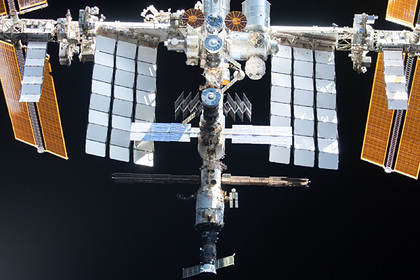In the worst case, the "leaking" intermediate chamber of the Zvezda service module of the Russian segment of the International Space Station (ISS) will have to be blocked, which will lead to the loss of access to the docking port for the Progress and Soyuz spacecraft, [...] SpaceNews reports a comment by NASA Assistant Administrator for Space Operations Kathy Luders, included in the report NASA Inspector General's Office.
According to the document, the cracks are in the "low voltage part", which is of serious concern. "In particular, based on the models and dynamic loads of the project mission that NASA used to characterize the structure, cracks should not have occurred," the NASA Inspector General's Office said.
According to Luders, the American Space Agency and Roscosmos continue to monitor the air leak in the intermediate chamber and hope to present their findings on this issue by the end of March 2022.
According to the report, if the ISS operation is completed in 2030, the United States should have at least one commercial near-Earth station by 2028. It also notes that it is unlikely that the latter will be launched in 2028, and therefore the ISS should continue working after 2030.
In August, Vladimir Solovyov, General designer of the Rocket and Space Corporation (RSC) Energia, flight director of the Russian segment of the ISS, cosmonaut, twice Hero of the Soviet Union, said that a possible cause of leakage in the Russian Zvezda module could be a manufacturing error. According to him, during welding, the connecting seams could overheat. In this case, the joints of aluminum and magnesium alloy parts become porous after a long stay in weightlessness. Overheating could be caused by an error of the welder, who stayed at one connection point longer than necessary. "The welding seam is also affected by vibrations and resonance, which together can lead to air leakage," Solovyov added. The corresponding leak in Zvezda was discovered in August 2019.
Ivan Potapov

